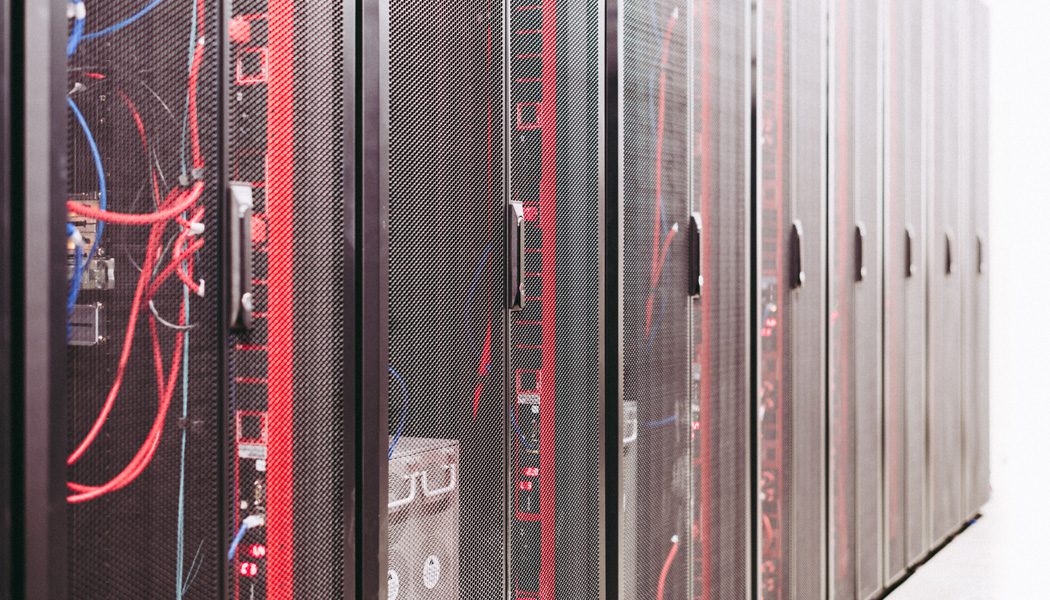The market for data center liquid cooling is expanding due to the rising demand for energy-efficient solutions and new technology developments. The pandemic had a moderate influence on the market for data center liquid cooling systems in 2020, but the sector reported a rise in demand for these systems in 2021. A recent study by Future Market Insights anticipates the global data center liquid cooling market to rise from US$ 2.2 Bn in 2022 to US$ 12.7 Bn by 2032 at a CAGR of 19.4%.
Growth of the data center liquid cooling market
Data center owners can meet the increased demand for high-performance, great frequency, and intensive workloads, end-to-end data center solutions, and multi-core computing by data centers with the latest developments in indirect or direct-on-chip liquid cooling and system integrator services.
Cloud providers, colocation providers, hyperscale data centers and others are adopting cold plates, rack liquid cooling, direct liquid cooling (DLC), and indirect liquid cooling which will increase the demand for data center liquid cooling technology.
Data center liquid cooling market trends
As data centers continue to grow, the demand for liquid cooling systems is also on an upward trajectory. The demand for data center liquid cooling systems is growing as computer density increases and the number of centers grows as water/liquid is more efficient than air at carrying heat. Liquid cooling offers a higher level of energy efficiency than air-cooling. Water has been shown time and again as being 4,000 times more effective at dissipating the heat.
Data center owners will find a wide range of needs addressed by the latest developments in indirect or direct-on chip liquid cooling and system integrator services.
- The data center liquid cooling market can be segmented into data center type, component, end use and region, out of which enterprises are favoring liquid cooling systems over traditional air-cooling systems for end use to meet the growing needs of their customers. This trend will result in the data center cooling market reaching US$ 3.2 Bn by 2024.
- Component-wise, the adoption of the solution system is anticipated to have a CAGR of 18.6% from 2022 to 2032. Large end-users are preferring liquid cooling technologies due to their usefulness in high-density cooling.
- Large data centers are expected to grow at the fastest rate with a CAGR of 17.7% and are currently seeing a lot of rack and row-based cooling solutions. However, immersion cooling technologies are expected to see a lot more acceptance in the case of large data centers because of the higher cooling requirements of high-density server racks.
- The leading region in the global data center liquid cooling market is the United States with a CAGR of 18.7%, followed by China (18.5%), the United Kingdom and Japan (18%), and South Korea (17.8%). Increased internet usage, the growing popularity of IoT, increased technology adoption for reducing data center energy consumption, and the presence of a large number of data center liquid cooling vendors in the US are some of the major factors that account for its greatest market size of US$ 4.1 Bn during 2022 to 2032.
Competition is intensifying in the data center liquid cooling market. Companies are offering effective thermal management systems that will enable data centers to run smoothly with minimal downtime. More cloud service providers are choosing to adopt data center liquid cooling technologies owing to the benefits of network reliability, security and compliance, hybrid cloud, and scalability. The market leaders are relying on strategic cooperation projects to increase their profitability and grow their customer base globally.








